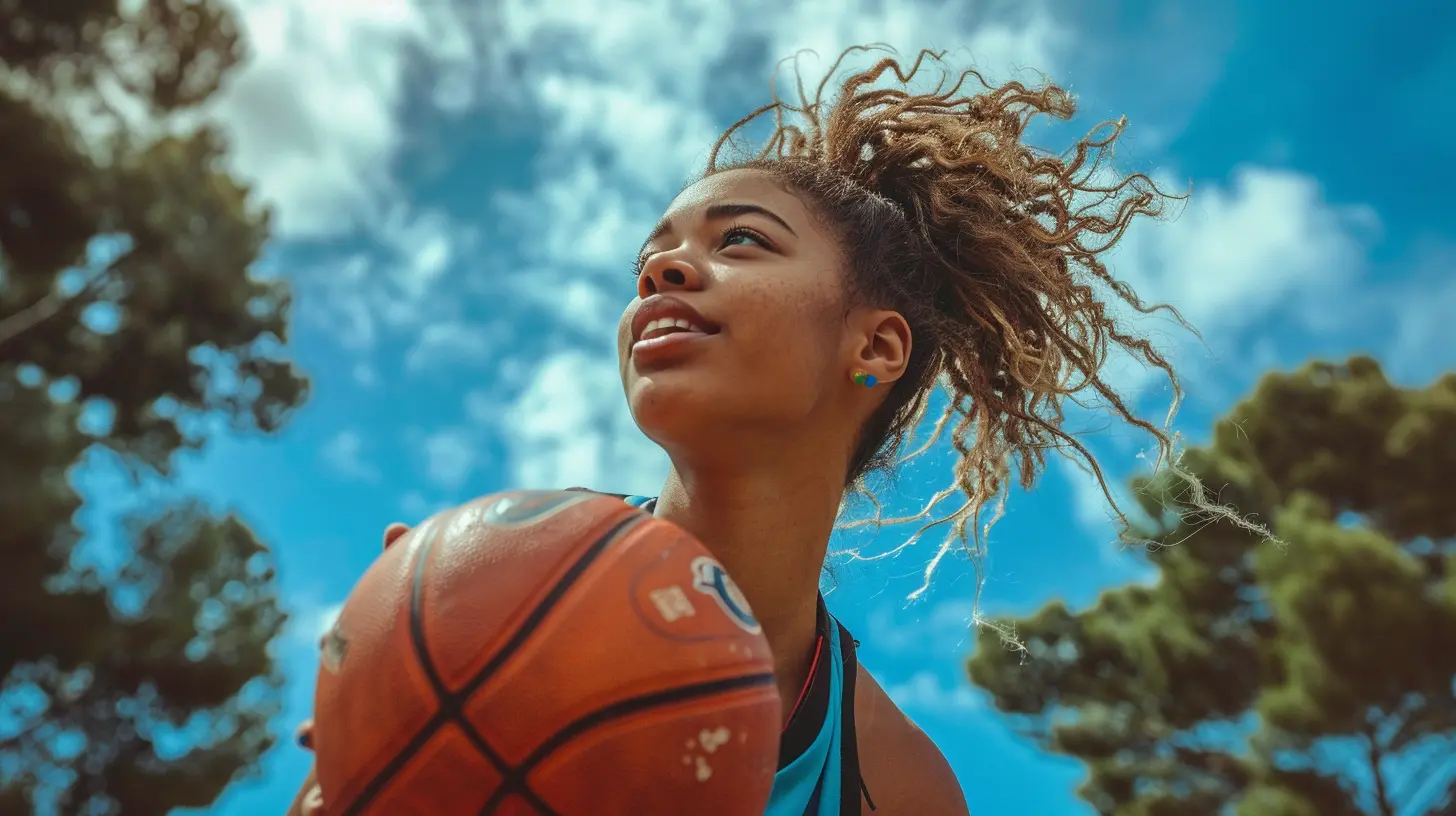How High School Sports are Adapting to Changing Gender Norms
31 October 2025
High school sports have come a long way, haven’t they? Gone are the days when rigid gender roles dictated who could play what and how they were expected to perform. Today, the sports world is evolving, embracing inclusivity, and challenging outdated norms. But how exactly are high school athletics adapting to these changes? Let’s break it down. 
The Shift in Gender Norms in Sports
For years, high school sports were strictly divided into "boys' teams" and "girls' teams." But as society shifts towards a more inclusive perspective on gender, that traditional structure is being questioned. Schools, athletic organizations, and even lawmakers are talking about how to make sports fair, inclusive, and welcoming for athletes of all gender identities.Now, gender is no longer seen as just "male" or "female." Some students identify as non-binary, transgender, or gender-fluid, and they want the opportunity to compete in sports without fear of judgment or exclusion. The challenge? Making sure that inclusion doesn’t compromise fairness in competition. 
Inclusive Policies: Changing the Rulebook
Many high schools are now adopting policies that allow student-athletes to participate on teams that align with their gender identity. Some state athletic associations, such as those in California and New York, have clear guidelines supporting transgender athletes. But the rules vary widely across the country.Some key policy changes include:
- Self-Identification Policies: Some schools allow students to compete based on the gender with which they identify, without requiring medical transition.
- Medical Requirements: Other states require hormone therapy or specific medical documentation before allowing transgender athletes to participate.
- Gender-Neutral Teams: A growing number of schools are introducing co-ed or gender-neutral sports teams, encouraging participation based on skill rather than gender.
While these changes are steps in the right direction, they’re not without controversy. 
The Debate Over Competitive Fairness
One of the biggest concerns when discussing gender norms in sports is competitive fairness. Some argue that transgender female athletes (assigned male at birth) may have physical advantages in certain sports, such as strength or endurance. Others counter that athletic ability varies widely among individuals, and hormone therapy can significantly alter physical attributes.Fairness in sports has always been a tricky subject. After all, no two athletes are built the same—some are naturally taller, stronger, or faster than their competitors. So, where do we draw the line between natural ability and unfair advantage?
This debate has led some states to impose restrictions on transgender athletes, while others have embraced more inclusive policies. Finding a balance between inclusion and fair competition remains one of the biggest challenges in adapting high school sports to changing gender norms. 
How Schools Are Creating Inclusive Environments
Beyond changing policies, many schools are actively fostering more inclusive environments for all student-athletes. Here’s how:1. Educating Coaches and Athletes
Many high school athletic programs are implementing training sessions and workshops to educate coaches, students, and even parents about gender diversity. Understanding pronouns, respecting identity, and promoting inclusivity help create a more welcoming space for everyone.2. Offering Gender-Neutral Facilities
Locker rooms and restrooms have long been a source of discomfort for transgender and non-binary athletes. Schools are beginning to introduce gender-neutral changing spaces to ensure that every athlete feels safe and comfortable.3. Encouraging Open Conversations
Schools that create a culture of open discussion around gender identity help break down barriers. Allowing students to voice their concerns and experiences can lead to better policies and a more accepting atmosphere.4. Making Adaptive Uniform Policies
Traditional sports uniforms were often designed with a strict gender binary in mind. Now, many schools offer more flexible uniform choices, allowing athletes to select what makes them feel most comfortable and confident.The Role of Parents and Communities
Schools aren’t the only ones driving change—parents and communities play a massive role, too. Supportive parents who advocate for their children's right to play in a comfortable environment can push schools towards more inclusive policies. Likewise, communities that embrace diversity in athletics help reduce stigma and foster greater acceptance.However, not all parents and community members see eye to eye. Some argue that allowing athletes to compete based on gender identity is unfair, while others believe that inclusivity should always take priority. Finding a common ground is crucial to ensuring that high school sports remain fair, fun, and accessible for all students.
Success Stories: Schools Leading the Way
Despite the challenges, many schools have successfully implemented inclusive sports programs.- California Interscholastic Federation (CIF): One of the most progressive organizations when it comes to including transgender athletes, CIF has policies that support students playing on teams that align with their gender identity.
- Connecticut’s Inclusive Track and Field Policy: Despite legal challenges, Connecticut has allowed transgender athletes to compete in alignment with their identities, sparking conversations around inclusivity and fairness.
- Schools Introducing All-Gender Teams: Some schools are now introducing mixed-gender teams in sports such as wrestling, swimming, and track, proving that skill—not gender—is the real determining factor in competition.
These success stories showcase that change is not only possible but also beneficial for fostering a more accepting sports culture.
What’s Next for High School Sports?
So, where do we go from here? As conversations about gender norms continue, high school sports will need to keep evolving. Some possible future developments include:- More Nationwide Policy Standardization: Right now, policies vary greatly by state. A more unified approach could help ensure fairness and inclusivity across the board.
- Technology-Assisted Fairness Monitoring: Some experts propose using scientific data to determine fair competition guidelines tailored to individual sports.
- Greater Athlete Advocacy: More student-athletes are speaking out about their experiences, pushing for change from the ground up.
Change won’t happen overnight, but momentum is definitely building.
Final Thoughts: A Game Changer for the Future
High school sports are more than just games—they’re life lessons in teamwork, perseverance, and personal growth. As gender norms evolve, so too must the athletic world. Inclusivity and fairness don’t have to be at odds; with the right policies and a culture of acceptance, we can create an environment where every athlete gets a chance to shine.At the end of the day, sports should be about passion, effort, and competition—not outdated gender norms. Who’s ready to play?
all images in this post were generated using AI tools
Category:
High School SportsAuthor:

Frankie Bailey
Discussion
rate this article
1 comments
Raleigh McFee
This article highlights an important shift in high school sports, recognizing and embracing diverse gender identities. It's crucial for schools to foster inclusivity, ensuring all athletes feel valued and supported, ultimately strengthening the community and competition.
November 4, 2025 at 1:02 PM

Frankie Bailey
Thank you for your insightful comment! I completely agree that fostering inclusivity in high school sports is essential for supporting all athletes and enhancing community strength.


